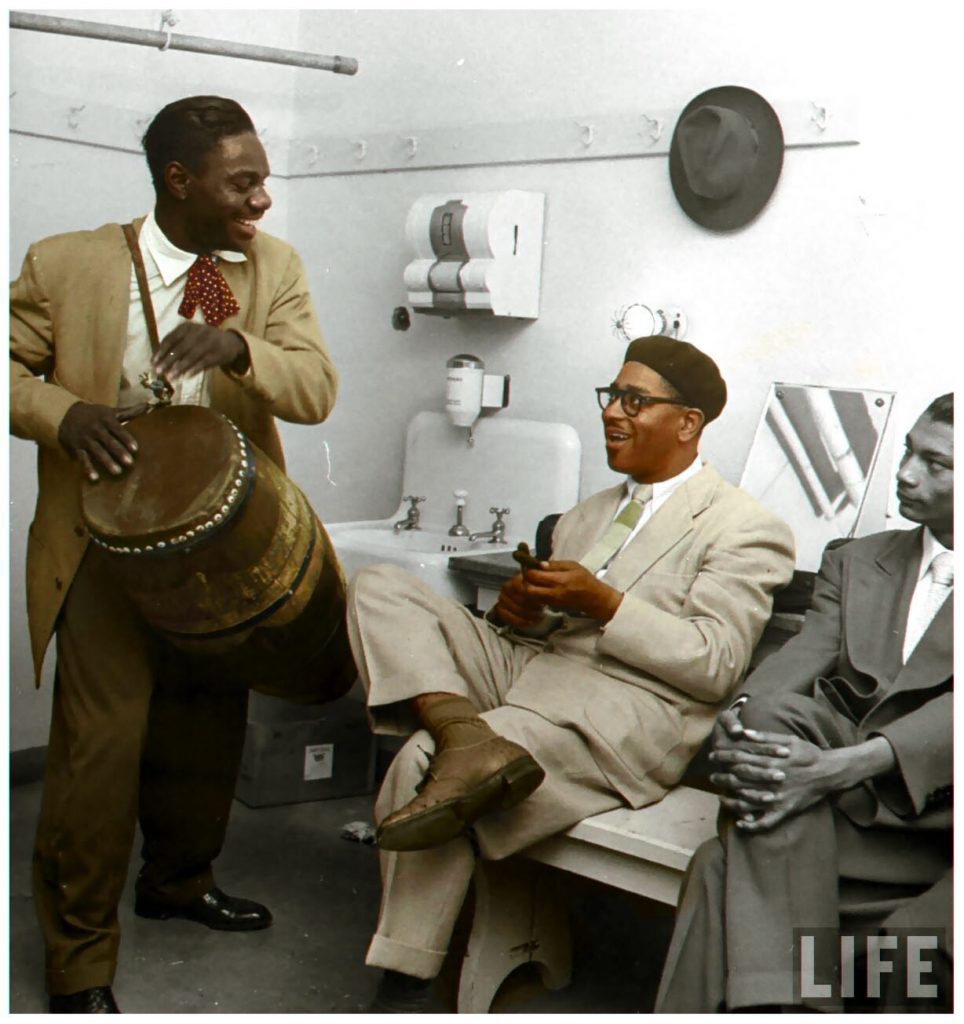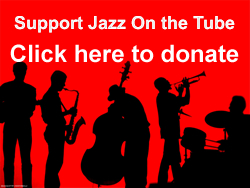
No, you never saw this before because we made it.
Speaking of Chano, I don’t know who the genius was at Pro-Arte who had the wisdom to record this, but God bless him. Thanks to Reid Whatley for making the video and sharing the platters.
If anyone knows the history behind this recording, please drop me a line and let me know.
Mystery solved…Thanks to Louis Laffitte for the following. The recording was made and marketed by SMC – Spanish Music Center – which was owned by Garbiele Oller who was a central figure in the Latin music scene in New York City in the 1930s and 40s.
On a tragic note, according to Max Salazar’s book “Mambo Kingdom”, when Oller passed the age of 85 as a resident of Las Vegas, his estate included an office building filled with thousands of phonograph records, twenty-five to a box, as well as session information, contracts, photographs and other documents. The heirs had it carted off as garbage.
I’m not telling this story to depress you, but to point out we need to take better care of the historical record. Also, we should appreciate producers like Laffitte who went through the hard work of organizing and recording sessions and getting them out to the world. It’s marvelous to hear Chano as something other than a sideman.
Anyway, on with some music…
Chano Pozo – a brief sketch
Chano Pozo was born Luciano Pozo González on January 7, 1915 in a poor neighborhood in Havana.
In his early teenage years, he was introduced to Santería, also known as “La Regla de Ocha”, an Afro-Caribbean religion derived from the beliefs of the Yoruba people of Nigeria. He was also involved in the Abakuá secret society and Palo which has its roots in the Congo.
Pozo had a colorful, energetic character and was engaged in all kinds of activities, some legal, some less-than-legal, but he was best know for his drumming, dancing and the award winning compositions he wrote for Carnival parades.
His tune “La Comparsa de los Dandys” is to this day a kind of unofficial theme song for the city of Santiago de Cuba and is a familiar standard at many Latin American carnivals.
Chano was involved in the battle to break the color barrier in the Cuban music industry which at the time excluded dark skinned blacks from professional opportunities.
In 1947, he moved to New York City for better opportunities encouraged by his friend Miguelito Valdés.
That same year he met Dizzy, recorded with him and many others, and went on tour in Europe. A year later, his promising life was cut short in a pointless act of violence on a New York City Street.
Click here for the story of how Chano and Dizzy cooked up Manteca.
Great news!
You can now watch this video – and all Spanish language videos – with English subtitles. It’s free!
Click here for instructions on how to turn on English subtitles.
– Ken McCarthy
Jazz on the Tube
P.S. Our unique programming is made possible by help from people like you. Learn how you can contribute to our efforts here: Support Jazz on the Tube
Thanks.






